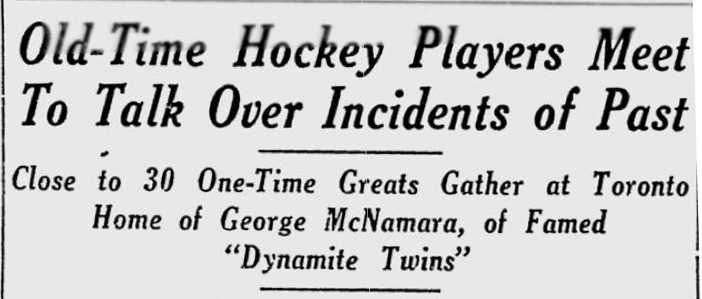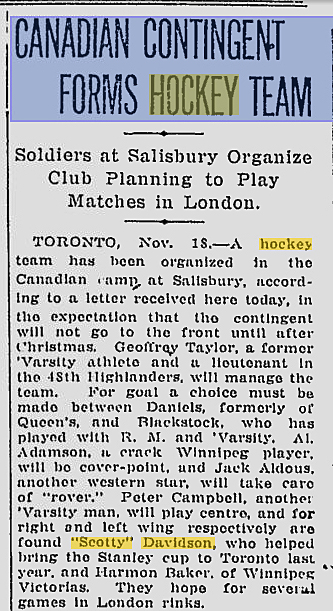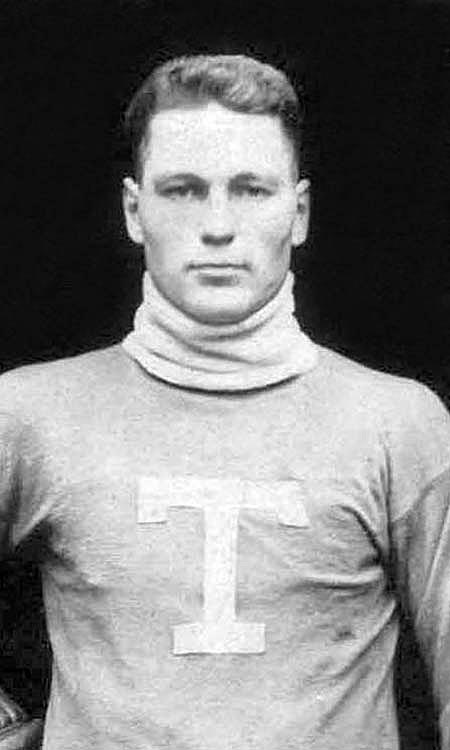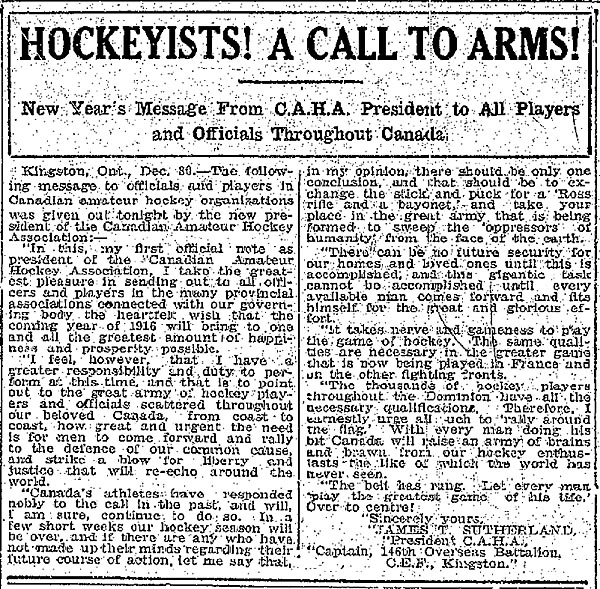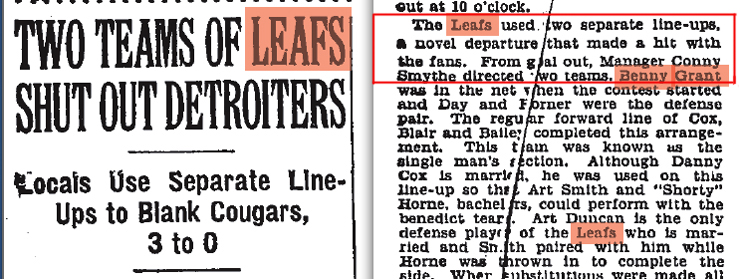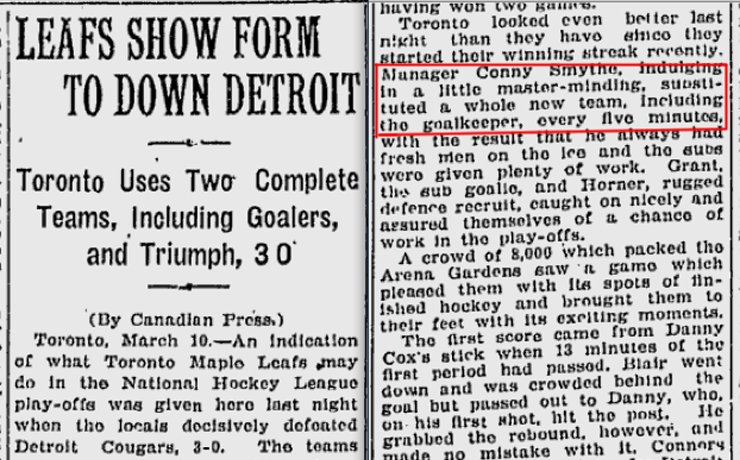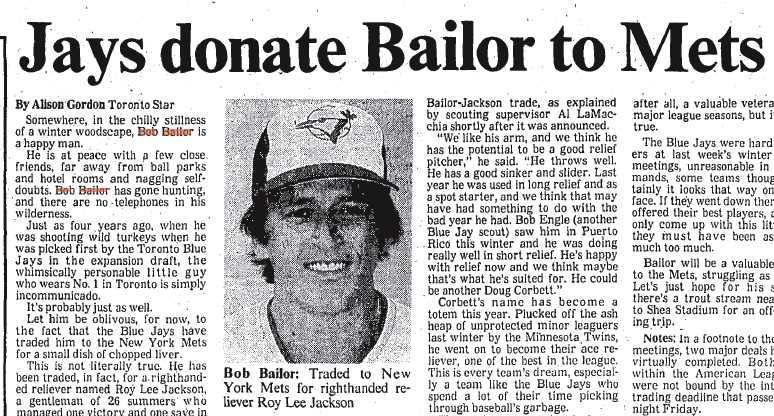On October 21, 1928, it was announced that His Royal Highness Infante (Prince) Don Alfonso of Orleans-Bourbon, a first cousin of King Alfonso XIII of Spain, would be making an unofficial visit to the United States in November. His wife, the Infanta (Princess) Beatrice, would accompany him. She was a granddaughter of Queen Victoria and the sister of Queen Marie of Romania. The couple’s eldest son, Alvaro, would also make the trip. The Spanish royals sailed from Southampton, England, aboard the Majestic on November 7. They arrived in New York six days later.
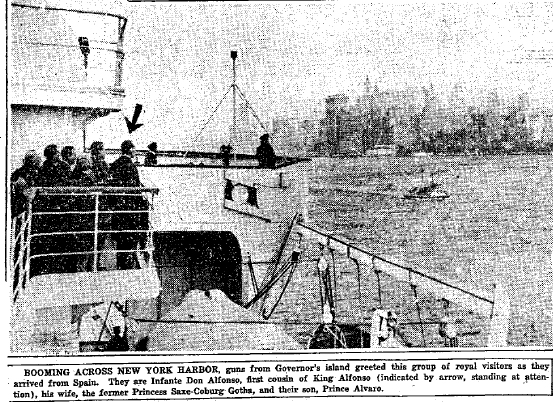
The royal entourage spent several days in New York with Cornelius Vanderbilt and his wife. They next made a whirlwind visit to Washington, where their short stay disappointed the society folk, though they did meet President Calvin Coolidge, for whom the Infante carried a personal message from his cousin the King.
Before sailing home on December 7, the Spanish royals visited Philadelphia, Boston, and Detroit. They also made stops at Columbia University, Princeton, and Harvard. Don Alfonso was the Minister of Aviation for Spain and particularly enjoyed speaking with Charles Lindbergh. His meeting with Henry Ford also impressed him.
The family also made a short visit to Niagara Falls and Montreal during their trip. Given all the impressive people they’d met in the United States, how did their Canadian hosts in Montreal choose to entertain Spanish royalty? They took them to a hockey game!

On December 1, 1928, the Infante Don Alfonso, the Infanta Beatrice, and their son Prince Don Alvaro d’Orleans Bourbon, were among 12,000 spectators at the Montreal Forum watching the Montreal Maroons score a 3-0 victory on two goals from Nels Stewart and a shutout by Clint Benedict.

“I think your ice hockey is the finest and fastest game I have ever seen in my life,” Don Alfonso told a representative of the Montreal Gazette. “It is wonderful, and we all enjoyed every minute of the game. I have seen ice hockey at St. Moritz [Switzerland] and Chamonix [France], but never like we saw on Saturday evening in Montreal in your match against the New York Rangers.”
